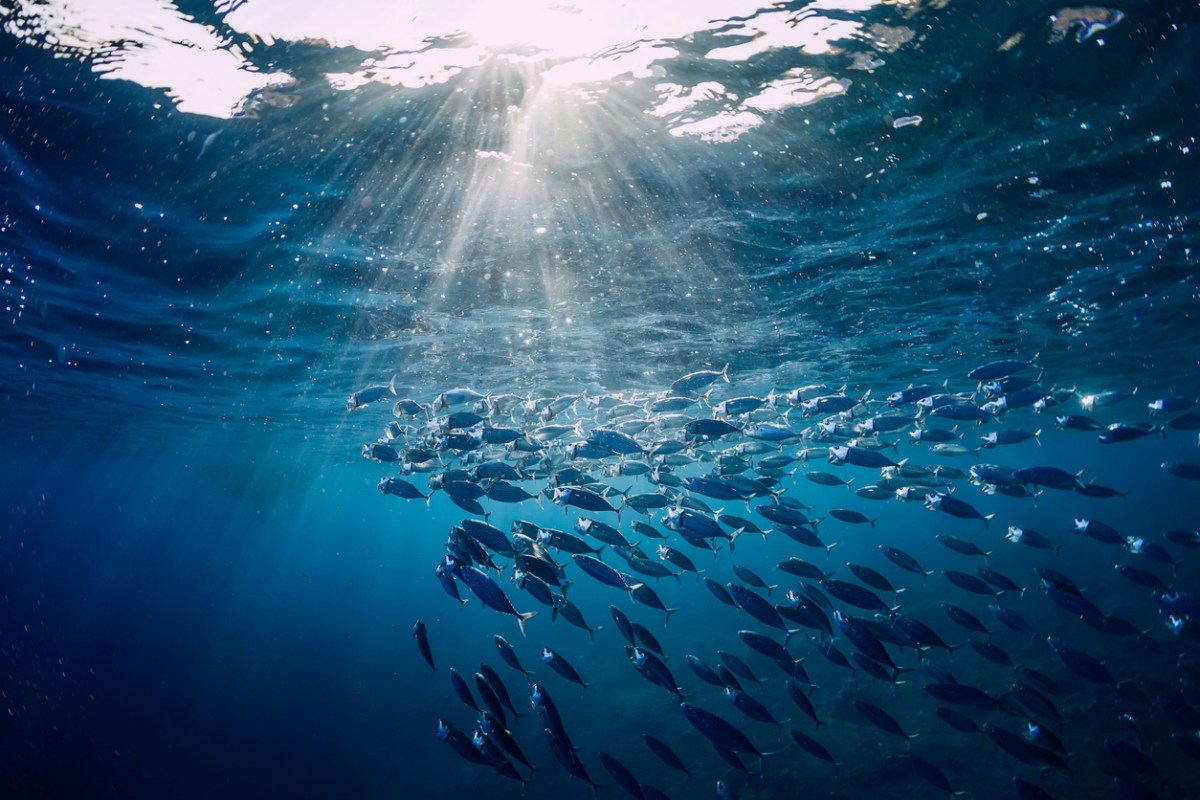It’s been ten years in the making, but we finally have a treaty that protects the ‘High Seas’!
The High Seas are areas of the ocean not covered by national boundaries, and it’s a huge area, representing almost two-thirds of the ocean.
The United Nations’ High Seas Treaty was agreed after a marathon run of sessions at UN headquarters in New York.
It’s a vital agreement in order to achieve the official protection of 30% of the ocean by 2030. This is the core aim of the 30×30 pledge, which was agreed at the COP15 biodiversity conference last year. Without this treaty there would be no legal grounds for enforcing marine protected areas in the ‘high seas’.
The magnitude of this agreement cannot be understated.
The last international agreement focussed on protecting the ocean was signed some 40 years ago, in 1982, the UN Convention on the Law of the Sea.
Treaties like this are rare and powerful because they require a diabolical level of agreement from nearly every country in the world. They all have different incentives and motivations, and they recognise the long-term implications of a treaty of this magnitude.
“Overnight, there was a huge win for ocean conservation. Australia was a leader in making sure the Treaty of the High Seas was signed at the United Nations.” Said Tanya Plibersek, Minister for the Environment and Water, said in a statement.
“High seas – oceans outside of any country’s border – cover 60% of the world’s surface. Now, there’s a way of establishing Marine Protected Areas in the high seas. Scientists have told us that we need to protect 30% of the world’s oceans by 2030 for oceans and marine life to recover. This is a huge step towards delivering that target.”
How Will the Treaty Protect the Ocean?
Implementing marine protected areas will be the key instrument to protect biodiversity in these huge expanses of ocean.
Much time was spent debating the actual procedures and rules for creating marine protected areas, as well as the model for environmental impact studies of planned activities on the high seas.
Another key area of focus, and a key sticking point in negotiations, was treatment of marine genetic resources and which countries can lay claim to any unique genetic resources that are found (like marine sponges, krill, corals, seaweeds and bacteria).
While rich countries lead on exploring and exploiting these findings in remote and deep oceans, poorer countries sought to ensure they’d have access to the benefits that come from genetic discoveries, before commercialisation in areas like pharmaceuticals and food production.
Treaties Are Rare and Powerful
Treaties are the instrument through which international law is brought into effect.
Unlike domestic law, there is no global government that can implement legislation that would cover the world. Instead, bodies like the UN convene treaties, and governments then have the option to sign-up and agree to be bound by the rules of the agreement.
But would a country ‘choose’ to be bound by a treaty that may chip away at their sovereignty? The answer is self interest.
Nation states are willing to adhere to global ‘norms’ as long as they’re confident other states will do the same.
Treaties take their power from the principle of Pacta sunt servanda “agreements must be kept”.
Without rules about how the high seas are managed, it would be a race to the bottom of ocean exploitation and destruction. The International Union for Conservation of Nature (IUCN) suggests that nearly 10% of global marine species were at risk of extinction.
This treaty represents global agreement that the permanent loss of biodiversity in the open ocean is in no-one’s interest.
It took more than a decade, but finally, all countries have agreed on a set of rules to protect this wild expanse of ocean.

